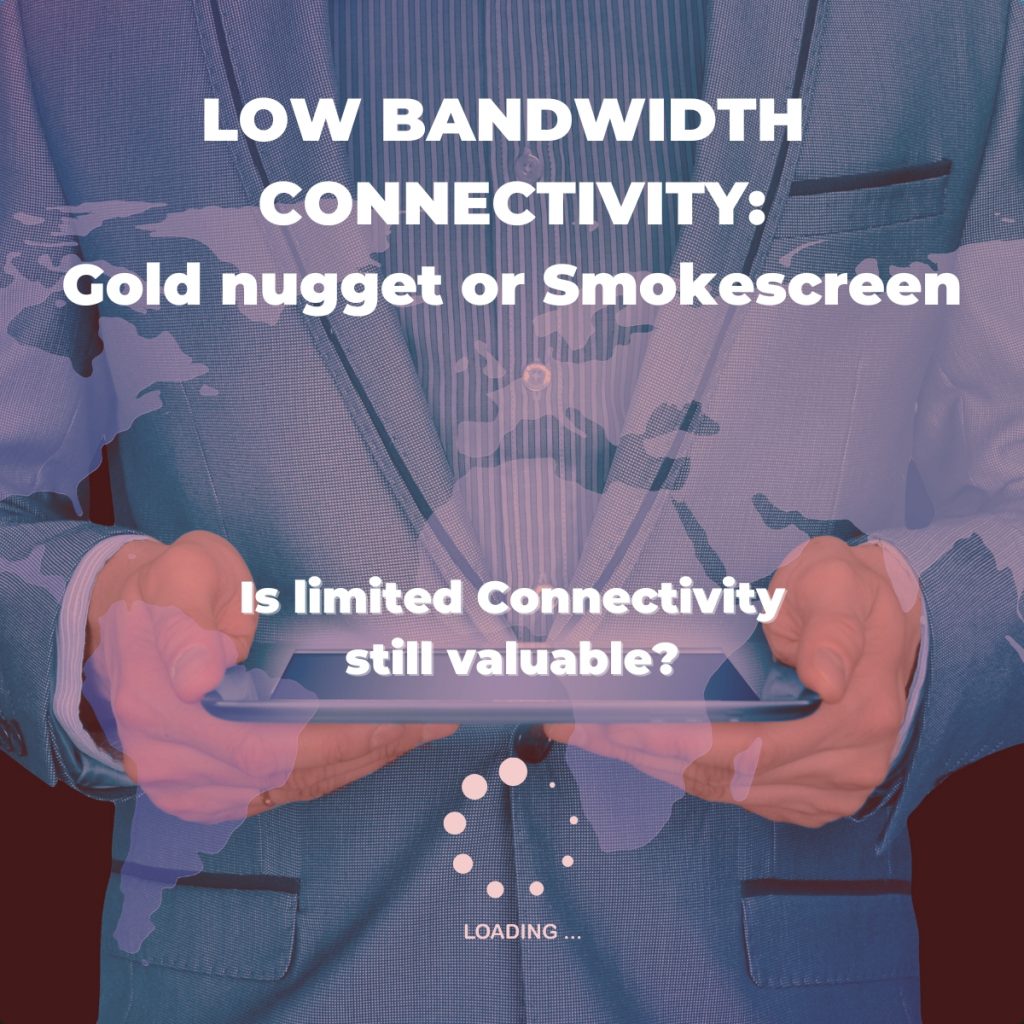


In today's society, high-speed internet has become an ordinary part of our lives, often overshadowing its true importance. It has seamlessly integrated into our routines, enabling us to watch videos, surf the internet, and stay in touch with loved ones, quite wherever, whenever we want.
Meanwhile, the aviation industry has witnessed remarkable technological advancement in the form of aircraft connectivity. Nevertheless, ensuring a reliable and fast internet connection remains a hurdle being overcome. Besides broadband connectivity and its high Capex, other solutions with limited bandwidth are yet available and more affordable to airlines. Let's explore the challenges and opportunities of low bandwidth connectivity in the aviation industry and how it affects both passengers and airlines.
Never ever think of giving up. Winners never quit and quitters never win. Take all negative words out of your mental dictionary and focus on the solutions with utmost conviction and patience. The battle is never lost until you’ve abandon your vision.
Before diving into the challenges, let's first understand what low bandwidth connectivity means. Bandwidth refers to the amount of data that can be transmitted over a network connection in a given time. In the context of aviation, low bandwidth connectivity, also known as L-Band, describes a scenario where the internet connection capacity available onboard an aircraft is considerably lower than the typical speeds we encounter on the ground. Although airplanes employ diverse technologies to establish in-flight internet connections, several factors contribute to the limitation of available bandwidth.
Network capacity refers to the maximum data volume that can be conveyed over a network during a specific period. When it comes to low bandwidth connectivity, the network capacity becomes limited, often capped at around 500 kps (kilobits per second). Remember your old 56K modem? Your first 512K connection (10 times faster)? We have exactly the same experience. Consequently, internet speeds are slower, and the ability to transfer data is restricted. This limitation can be quite exasperating for passengers who are accustomed to the convenience of high-speed internet access. Hence, of course, with such a solution, forget enabling passenger streaming yet focus on a sought-after nugget: Remaining connected to our relatives during the flight.
Ok, so we clearly see that the cost-effective L-Band comes with very limited connection capabilities, which are Whatsapp and iMessage. Yet, you are not totally done. Just look at your smartphone: as soon as it gets internet access, it will consume all-it-can-eat in updating apps, news, emails, and so on. Definitely a data glutton. Doing so, a single connected smartphone will overflow your bandwidth, and consume data, without even providing your passenger with the ability to send a single message. Imagine now with 180 smartphones onboard sharing the same data pipe... Luckily solutions exist to block these “natural” attempts from the smartphone and book the tiny bandwidth for its very purpose: messaging.
One of the current major pains when it comes to onboard retail is the dramatic growth of “card fraud rate”. You accept a credit card payment onboard and once on the ground, your ePOS synchronizes, and…the transaction is rejected for multiple reasons. To offset this cost, L-Band is a perfect fit: Theoretically speaking, your ePOS can rely on the connectivity to ensure a real time payment processing hence guaranteeing the payment. Yet between theory and reality, there might be a gap, especially if your passengers are also sharing the bandwidth as your ePOS. A fine tune is definitely mandatory here again.
Low bandwidth connectivity presents real advantages in some use cases, but also significant challenges to be dealt with extreme care, and as usual, the right balance is to be found between the passengers’ experience you want to deliver, the snags to be avoided, and the project’s expected ROI. Beware smoke and mirrors!
TRAVELER’S MICRO-MOMENTS Home Capturing the Traveler's Micro-Moments 26 April 2022 microMoments, Technology, traveler Time Is No Longer Measured in Days,…
IFE TO THE RESCUE Home WHEN IFE COMES TO THE RESCUE OF FLIGHT ATTENDANTS! 25 June 2022 Digital Services, IFE,…
Digital AD: IVT-FREE Zone Home DIGITAL INFLIGHT ADVERTISING: AN IVT-FREE ZONE 20 May 2022 Advertising, IVTFREE, Technology In late 2015,…